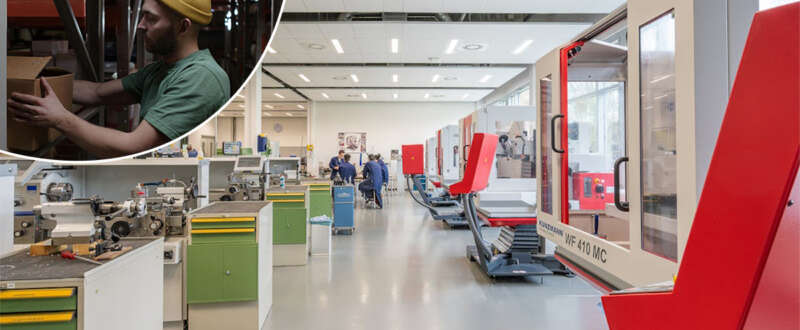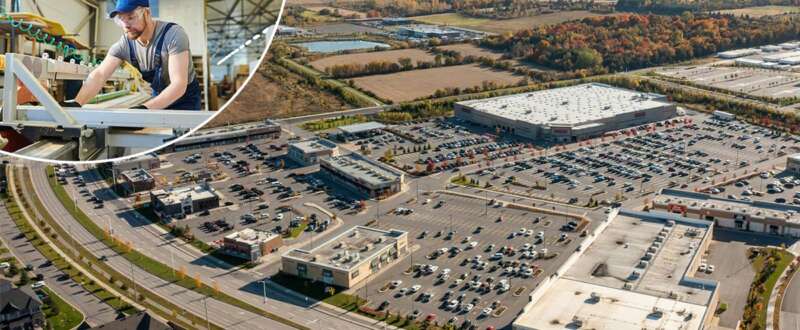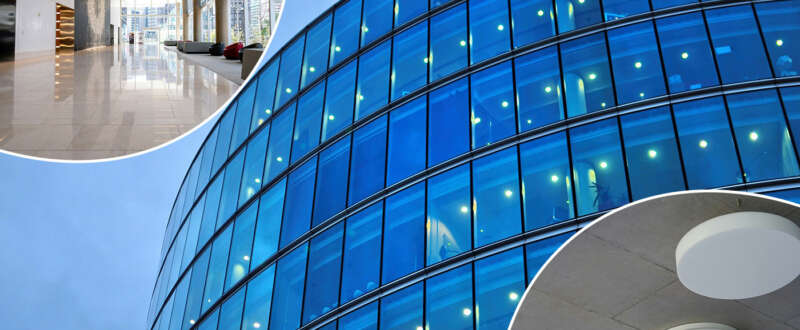IoT lightning solutions
Smart LED modules
The revolution of smart IoT lightning
The realm of lighting has undergone a revolutionary transformation with the advent of the Internet of Things (IoT). This integration marks a paradigm shift, elevating lighting from a mere functional element to an intelligent, dynamic component in both residential and commercial environments. IoT in lighting, referred to as IoT Lightning, transcends traditional illumination, introducing a level of customization, control, and efficiency previously unattainable. The incorporation of sensors, connectivity, and data analytics into LED lighting fixtures enables these systems to respond intelligently to environmental inputs, user preferences, and energy management requirements.
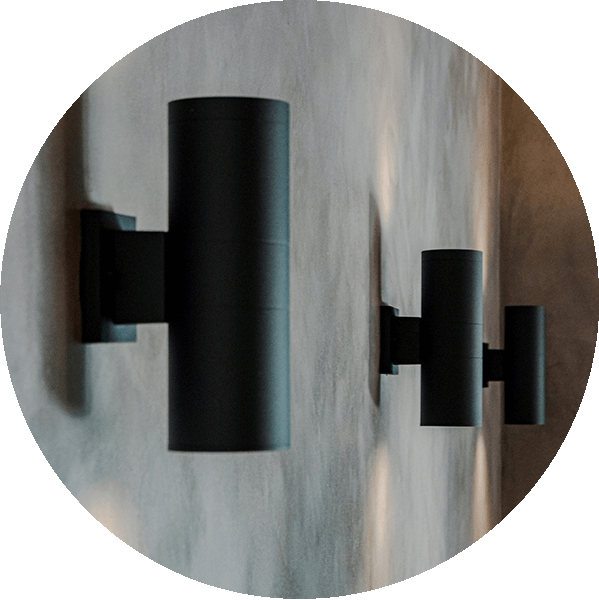
Our blog
Office space planning – Guidelines and tips
Office space planning is the systematic process of designing and organizing an office layout to optimize functionality, efficiency, and comfort…
Read more
Roof box light – Impact of small light modules on product usability
Roof box lights, featuring compact light modules, significantly enhance product usability by providing targeted illumination in space-constrained environments. These small,…
Read more
Industrial emergency lighting – Illuminating workplace safety
Industrial emergency lighting is a specialized lighting system designed to provide illumination during power outages or emergency situations in industrial…
Read more
Industrial plant design – Workplace environment and safety
Industrial plant design prioritizes creating a safe and secure workplace environment. This involves for instance fire safety protocols, electrical hazard…
Read more
The key benefits of smart buildings
In todays age of technology, the concept of smart buildings has evolved from a luxury to a necessity. Smart buildings…
Read more
Medical and surgical lighting – Crucial illumination
Medical and surgical lighting – Optimal lighting is essential for success in operating rooms and medical examination areas. This specialized…
Read more
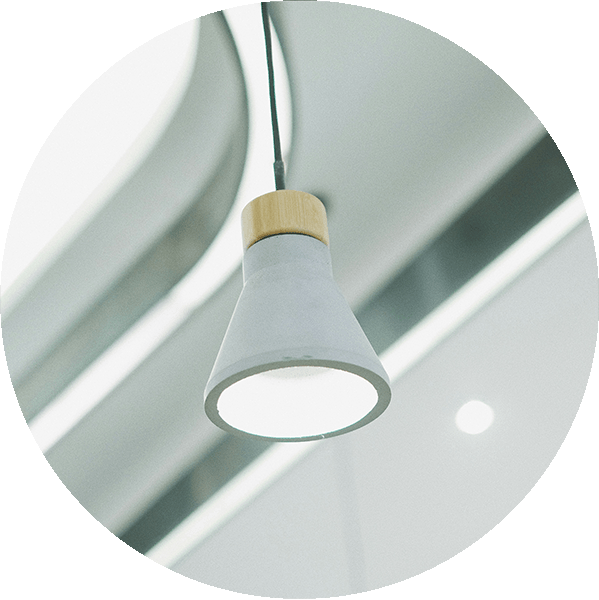
Technical intricacies of IoT LED systems
At the heart of IoT Lightning lies a sophisticated mesh of electronics and photonics. The integration of microcontrollers within LED modules bestows them with ‘smart’ capabilities, allowing for intricate operations such as dimming, color changing, and activity-based lighting adjustments. These advanced features are not just for user convenience; they play a critical role in energy conservation and operational efficiency. By analyzing usage patterns and environmental data, IoT LED systems optimize lighting schedules, reducing unnecessary power consumption and contributing to a sustainable future.
Innovative applications and industry impact
IoT Lightning is not confined to a singular application but spans across various sectors. In industrial settings, it enhances safety and productivity by adapting lighting to specific tasks and environments. For instance, in manufacturing facilities, IoT-enabled LEDs can adjust brightness and color temperature to reduce eye strain and improve visibility. In retail spaces, smart lighting systems analyze consumer behavior to optimize store layouts and enhance the shopping experience. Moreover, the application of IoT Lightning in smart cities contributes to public safety, where streetlights adapt to changing weather conditions, traffic patterns, and emergency situations, thereby improving urban living.
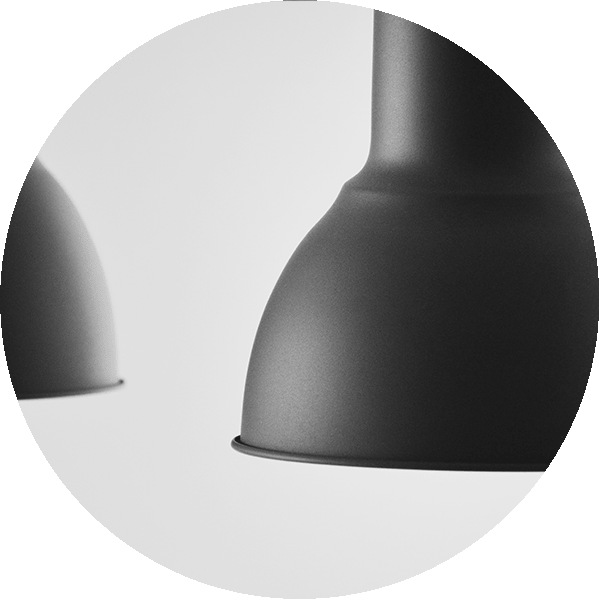
The future landscape of IoT-enabled lighting
As we look towards the future, the potential of IoT Lightning continues to expand. The integration of artificial intelligence and machine learning algorithms will enable even more sophisticated control and adaptability of lighting systems. This progression is not just about enhancing functionality; it’s about creating a more responsive, efficient, and harmonious interaction between humans and their environments. The implications extend beyond mere convenience, touching upon aspects of energy conservation, environmental sustainability, and human well-being.
In conclusion, IoT Lightning represents a significant leap forward in lighting technology, seamlessly blending efficiency, sustainability, and user-centric design. As this field continues to evolve, it promises to redefine our relationship with light, transforming it into an intelligent, responsive element that enriches our daily lives and conserves our planet’s resources.




